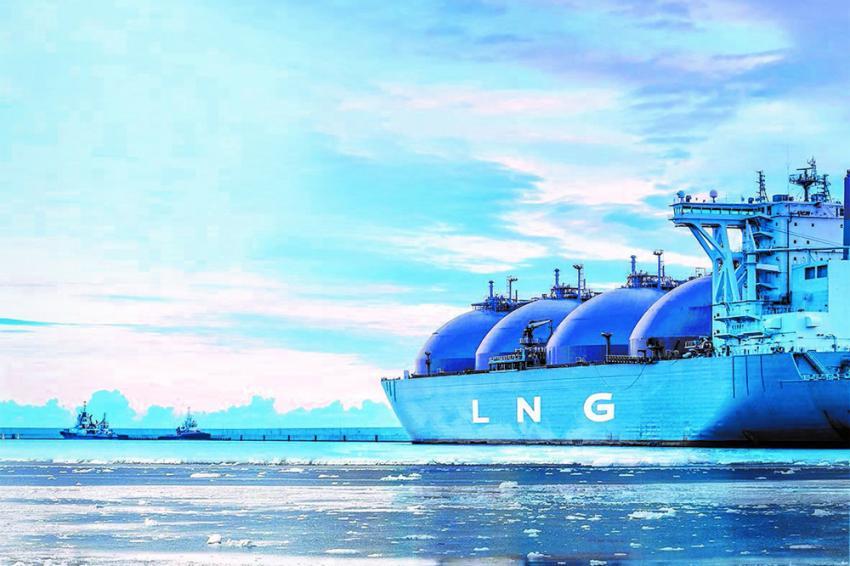Germany Opens Wilhelmshaven LNG Terminal
The terminal is one of five, with a capacity of 5 billion cubic meters each, that the Berlin government has contracted to replace the now defunct Russian pipelines.
The 165 million cbm of LNG that mostly originated in the US was carried to Wilhelmshaven from Spain aboard the Norwegian ship Höegh Esparanza.
After being converted to gas, the volume said to be sufficient to heat 50,000 households will be fed into Germany’s onshore pipeline network by newly nationalized energy utility Uniper.
It is unclear whether any of the gas earmarked for the new terminals has been contracted by industry. Apart from Ineos, no chemical producer has yet announced a supply deal, although the industry association Verband der Chemischen Industrie stressed last week that the gas shortage is “dramatic.”
The London-managed olefins and polyolefins group recently signed long-term charter agreements with Japan’s IINO Kaiun Kaisha shipping line for delivery of two Very Large Ethane Carriers (VLECs) with a volume of 99,000 cbm to supply LNG to Germany.
Ineos said its first shipment will be to a second LNG terminal under construction at Brunsbüttel, this one land-based. The gas will come from the Port Arthur, Texas, US base of Sempra Infrastructure, with which the chemical producer has signed a long-term sales and purchase agreement.
With the new terminals, Scholz said Germany will soon have an LNG import capacity equivalent to more than half the entire volume of pipeline gas that flowed to Germany from Russia in 2021. The country’s first floating terminal at Brunsbüttel was inaugurated at the beginning of December.
Author: Dede Williams, Freelance Journalist








